Home >Software Tutorial >Computer Software >How to turn off table password in Excel How to remove table password in Excel
How to turn off table password in Excel How to remove table password in Excel
- 王林Original
- 2024-08-27 11:30:381139browse
Many of our users turn on the password in order to protect the security of the information when using Excel tables to edit data, but later forget it or want to close it and it does not support how to operate. Faced with this problem, most people It doesn’t matter if you don’t know how to deal with it. Today’s software tutorial content will share the specific operation steps with you. Let’s take a look at the complete operation steps.

How to remove table password in Excel:
Question: How to show hidden file extensions? Quick note: File extensions are important information that identifies a file type, but are sometimes hidden. PHP editor Yuzi will guide you on how to easily display hidden file extensions. Guided Reading: Read on for details on how to show hidden file extensions in Windows and macOS.

2. Right-click the Excel file to be processed, select Rename, and change the file extension to .zip. Then, click Yes in the pop-up security prompt and change the file extension to .zip
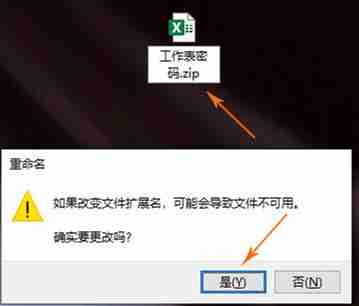
3. Open the compressed file and double-click xl→worksheets. All worksheets contained in the current workbook will be displayed by default. Double-click the one you want to crack and select Notepad in the file type dialog box.
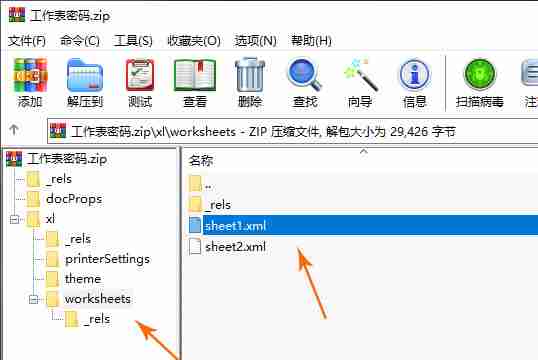
Find the encrypted sheet1.xml file and select Notepad here.

4. Press Ctrl+F to bring up the search dialog box, enter Protection, delete all the searched Protection lines (with "" as the limit), press Ctrl+S to save; delete the entire group of Protection statements row content.
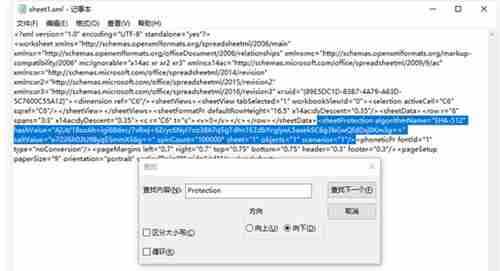
5. Click Yes in the compression software dialog box to update the modifications back to the compressed package and confirm the modifications.
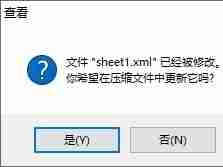
6. Close the compression software and change the file extension back to the original .xlsx. When you open the file again, the worksheet password has been cleared.
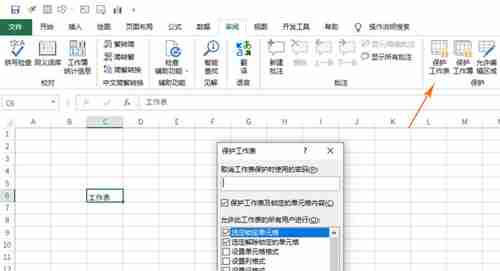
The above is the detailed content of How to turn off table password in Excel How to remove table password in Excel. For more information, please follow other related articles on the PHP Chinese website!

